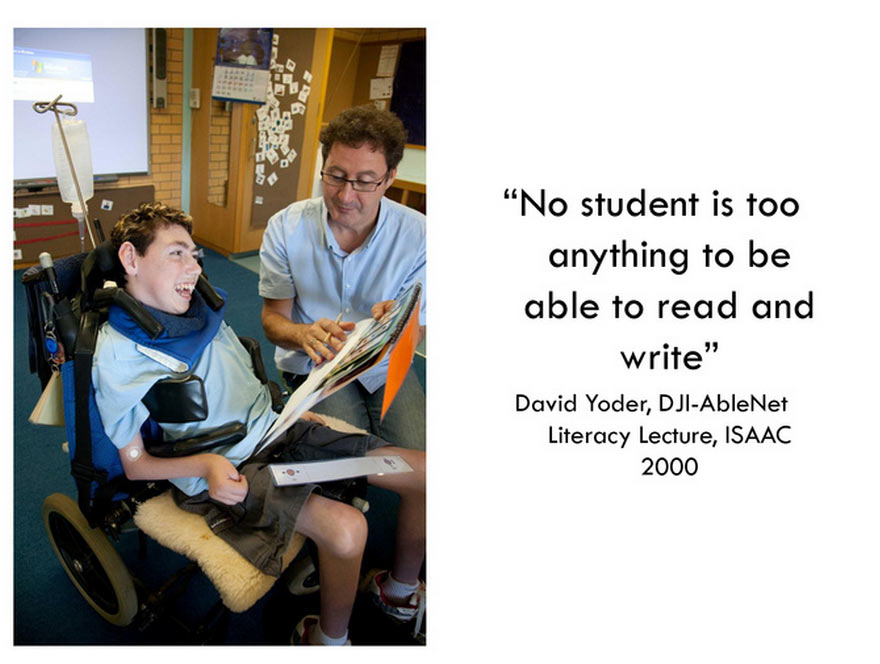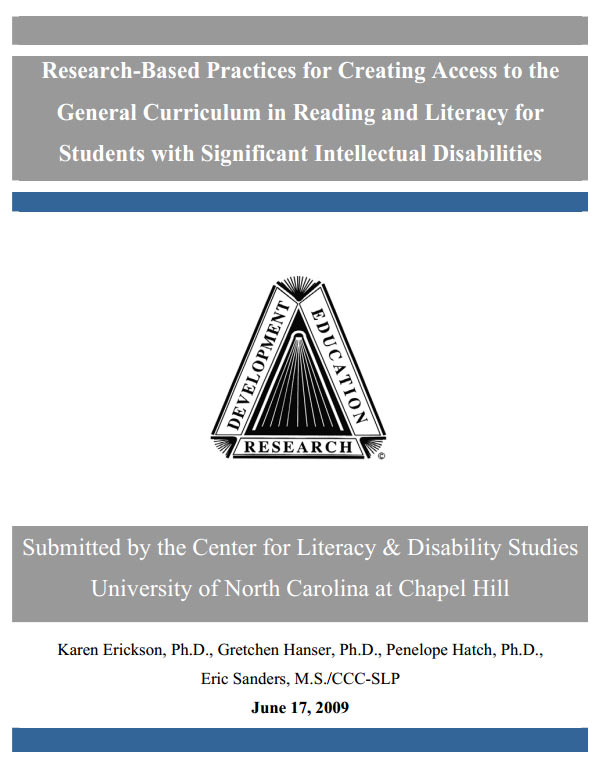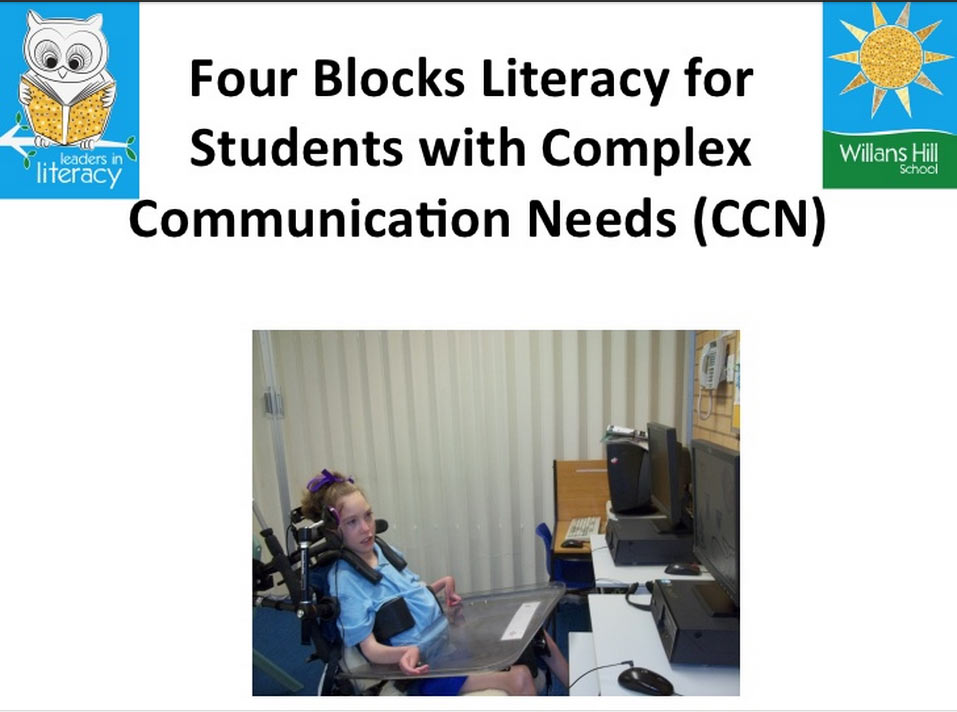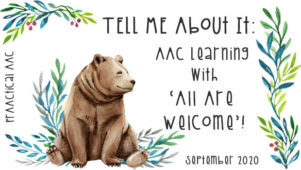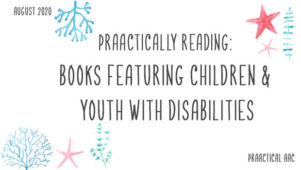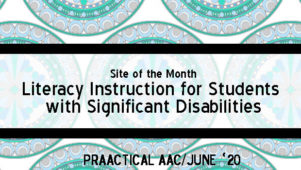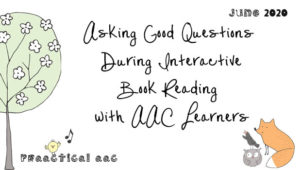Robust Literacy Instruction for People Who Use AAC
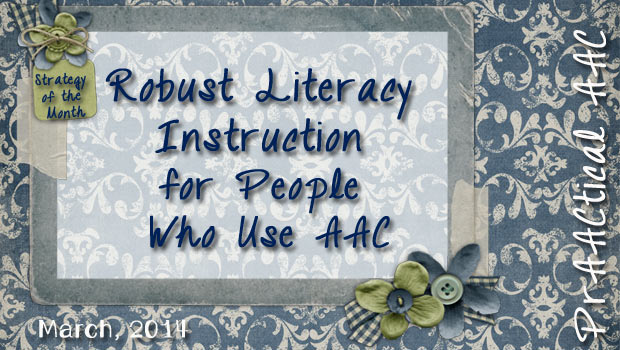
We get so many questions about the best way to ‘do’ literacy with AAC learners that decided to build on the earlier posts from and talk more about the ways in which we can support the development of reading and writing skills.
For AAC learners, the most important skill set (after communication) is the ability to read and write. When given the chance, we’d teach literacy before almost anything else. Why? First, because it opens the door to so many things. When someone can read and write they are more likely to be successful with academics, find jobs and develop real careers, and enjoy productive leisure time. Secondly, we find that it changes people’s perceptions of an AAC learner. When they see Billy writing or reading with comprehension, they understand that his severely limited speech does not reflect his intellect, motivation, or potential. It shapes their perception of him to someone who is capable. We’ve written before about the role of expectation but it’s worth mentioning again. insert graphic below
There is no one right way to ‘do’ literacy, but there are plenty of wrong ones. Chief among them: focusing on one component to the exclusion of all others. For AAC learners, and others that struggle with print, literacy learning must be multi-faceted. The Four Blocks Model (Cunningham, Hall, & Sigmon, 1999; Koppenhaver & Erickson, 2008) is used in many classrooms as a comprehensive and balanced approach to literacy instruction.
Today, we invite you to join us on a tour of the Four Blocks Model and how to apply it with AAC learners. It will take some time to work through the resources we are sharing in this post, but if you are interested in advocating for a robust approach to literacy instruction, you will find lots of ‘golden nuggets.’ Buckle up!
First stop: Off to Australia to view Jane Farrall’s wonderful presentation on using this model with students who have special needs.
Second stop: Since it wouldn’t be prAACtical to go much further without an understanding of the empirical supports for the concepts in the Four Block model, we head to North Carolina to the Center for Literacy and Disability Studies. If you need support for providing robust literacy instruction to students with intellectual disabilities, this monograph is for you.
Third stop: We head back to Jane’s work on literacy instruction, this time applying it specifically to students with AAC needs.
Fourth stop: From Australia to Florida, check out the resources on these wikis by a terrific team of school-based professionals in Florida.
If you’re on a literacy journey with your prAACtical friends, we’d love to hear about it. Drop us a line, comment below, visit us on Facebook, or send us a tweet (@PrAACticalAAC).
::::::::::::::::::::::::::::::::::::::::::::::::::::::::::::::::::::::::::::::::::::::::
- Cunningham, P. M., Hall, D. P. & Sigmon, C. (1999). The Teacher’s Guide to the Four Blocks. Greensboro, North Carolina, Carson-Dellosa.
- Erickson, K.A. and Koppenhaver, D.A.(2008). Children with Disabilities: Reading and Writing the Four-Blocks Way. Greensboro, NC: Carson Dellosa.
Filed under: Strategy of the Month
Tagged With: Center for Literacy and Disability Studies, Jane Farrall, literacy, reading, writing
This post was written by Carole Zangari
